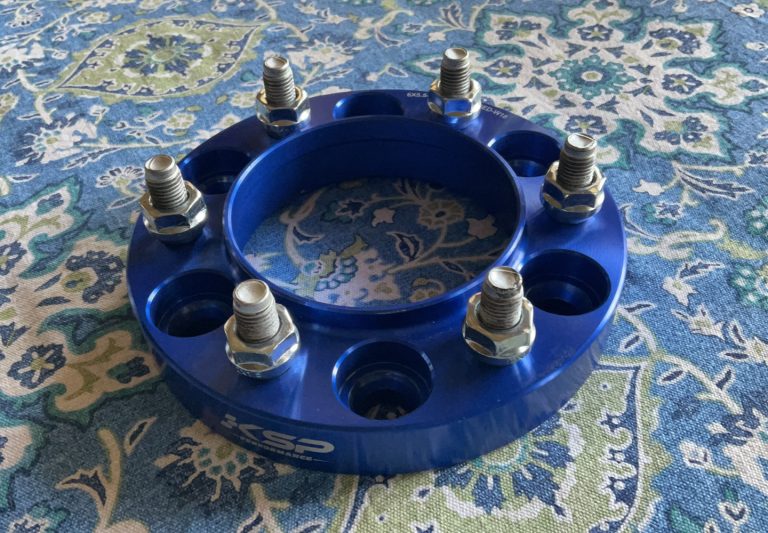The Science and Art of Modern Wheel Design
Wheels are a fundamental component of modern transportation, playing a crucial role in the functionality, safety, and aesthetics of vehicles. The design of wheels has evolved significantly over time, driven by advancements in materials, manufacturing techniques, and engineering principles. The process of creating modern wheels involves a delicate balance between scientific principles and artistic creativity. This article delves into the science and art behind modern wheel design, exploring the key considerations, innovations, and challenges in this field.
The Science of Wheel Design:
Materials Science: The choice of materials for wheel construction is a critical factor in its performance. Aluminum alloys, steel, carbon fiber, and magnesium are common materials used due to their strength-to-weight ratios, durability, and resistance to corrosion. The science behind material selection involves analyzing mechanical properties, such as tensile strength, elasticity, and fatigue resistance, to ensure the wheel can withstand the stresses of everyday use.
Structural Engineering: Wheels are subjected to various forces during operation, including vertical loads from the vehicle’s weight, lateral forces during cornering, and braking forces. Engineers use structural analysis techniques, such as finite element analysis, to simulate these forces and ensure the wheel’s structural integrity. Understanding stress distribution and strain patterns helps optimize the wheel’s design to prevent failure and ensure longevity.
Check out: wrangler goodyear tires
Aerodynamics: The shape of a wheel can significantly impact a vehicle’s aerodynamics. Aerodynamic drag caused by the rotation of wheels can affect fuel efficiency. Engineers use computational fluid dynamics (CFD) simulations to analyze airflow around wheels and reduce drag by designing aerodynamic spokes and rim profiles. Minimizing aerodynamic resistance contributes to improved overall vehicle performance.
Thermal Management: Braking generates heat, which can lead to temperature-related issues in the wheel components. Proper thermal management is essential to prevent brake fade and maintain braking performance. Engineers employ heat transfer principles to design wheels that efficiently dissipate heat, ensuring consistent braking under various conditions.
Weight Distribution: The distribution of weight in a wheel impacts its rotational performance and stability. Engineers carefully consider the positioning of materials within the wheel to achieve optimal weight distribution. This balance is crucial for minimizing vibration, improving handling, and reducing the risk of wheel imbalance.
The Art of Wheel Design:
Aesthetic Appeal: While wheels serve a functional purpose, they also contribute significantly to a vehicle’s aesthetic appeal. Wheel design is a creative process involving the selection of spoke patterns, rim designs, and finishes that complement the vehicle’s overall design language. Designers work closely with automotive manufacturers to create wheels that enhance the vehicle’s visual impact and evoke a desired emotional response.
Cultural and Brand Identity: Wheel design can reflect cultural trends and brand identity. Luxury vehicles often feature intricate, elegant wheel designs, while sports cars may have aggressive, performance-oriented designs. Designers consider the target audience, the vehicle’s intended image, and the brand’s values when creating wheels that resonate with consumers.
Customization Options: The art of wheel design extends to offering customization options for consumers. Many manufacturers and aftermarket companies offer various finishes, colors, and sizes to cater to individual preferences. This customization allows vehicle owners to express their personal style and make their vehicles stand out.
Balancing Form and Function: One of the challenges in wheel design is striking the right balance between form and function. While aesthetics are important, wheels must also meet engineering standards for performance, safety, and durability. Designers collaborate with engineers to ensure that innovative and visually appealing designs also meet technical requirements.
Inspiration from Nature and Technology: Wheel designers often draw inspiration from nature, architecture, and cutting-edge technology. Biomimicry, for instance, involves emulating patterns and structures found in nature to create efficient and visually appealing wheel designs. Additionally, advancements in manufacturing technology, such as 3D printing, open up new avenues for creating intricate and unique wheel designs.
In conclusion, the science and art of modern wheel design are intertwined, with engineers and designers working collaboratively to create wheels that excel in both performance and aesthetics. The evolution of materials, engineering principles, and design trends continues to shape the landscape of wheel design, leading to innovations that enhance vehicle efficiency, safety, and visual appeal. As technology advances and consumer preferences evolve, the world of wheel design will undoubtedly continue to push the boundaries of what is possible, resulting in wheels that are both functional marvels and artistic expressions.
The science and art of modern wheel design harmoniously blend engineering prowess with aesthetic sensibilities to create innovative and high-performance wheels that cater to both function and form. This intricate fusion is the result of years of evolution in materials, manufacturing processes, and design philosophies.
Scientifically, modern wheel design revolves around optimizing key parameters to ensure safety, efficiency, and durability. Engineers utilize advanced computer simulations and modeling to assess factors such as load distribution, stress points, and aerodynamics. This data-driven approach leads to the creation of lightweight yet robust structures that enhance vehicle performance and fuel efficiency.
Materials science plays a pivotal role in wheel innovation. High-strength alloys, carbon composites, and even experimental materials like graphene are integrated to enhance strength and reduce weight. By tailoring material properties to specific requirements, designers can push the boundaries of wheel design while maintaining safety standards.
The artistry of wheel design, however, cannot be understated. Aesthetic appeal is intrinsic to the overall look of a vehicle and influences consumer choices. Wheel designers meticulously craft intricate patterns, unique finishes, and dynamic contours that complement a vehicle’s design language. Balancing aesthetics with aerodynamics poses a creative challenge, as designs need to simultaneously enhance airflow and exude visual allure.
Cultural and historical influences often shape wheel aesthetics, with some designs drawing inspiration from classic styles while others pioneer futuristic concepts. The interplay of colors, textures, and shapes demonstrates the artist’s ability to infuse emotion and character into an otherwise utilitarian component.
In summary, the science and art of modern wheel design are two sides of the same coin. The science relies on cutting-edge engineering techniques and materials research to deliver optimal performance, safety, and efficiency. Meanwhile, the artistry of design elevates wheels from functional necessities to iconic statements that contribute to a vehicle’s identity. This synergy between science and art propels the evolution of wheels, making them both essential elements of automotive innovation and cultural expression.




